Time: 2025-06-10 15:17:21 Source: Henan Province Jianyun Cable Co., Ltd.
A cable specification sheet provides essential technical data—such as conductor type, voltage rating, insulation material, and applicable standards—to ensure correct selection and compliance with project requirements.
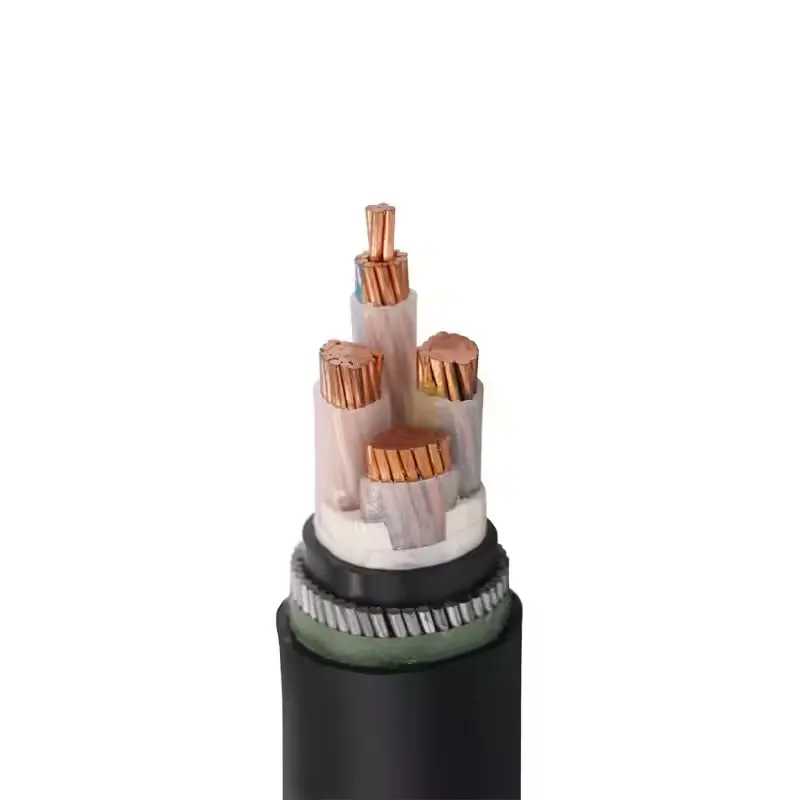
Look for symbols indicating conductor material (e.g., Cu for copper, Al for aluminum), insulation, sheathing, and armoring. A typical code like “Cu‑XLPE‑PVC” denotes a copper conductor with XLPE insulation and PVC sheath.
Spec sheets specify conductor cross-section (e.g., mm² or AWG) and core number (e.g., “3C” for three cores). Entries like “14 AWG 3‑C w/G” mean a 14‑AWG cable with three conductors plus ground.
Look for compliance marks such as UL, CSA, IEC, IEC 60227, IEC 60502, or UL‑based styles. For instance, “CSA Tray Rating” confirms suitability for cable tray installations.
Mastering how to read a power cable specification sheet enables engineers to ensure correct cable selection, compliance with standards, and safe, efficient installations. Focus on conductor material, voltage/temperature ratings, insulation types, standards, and application-specific features to make informed decisions.
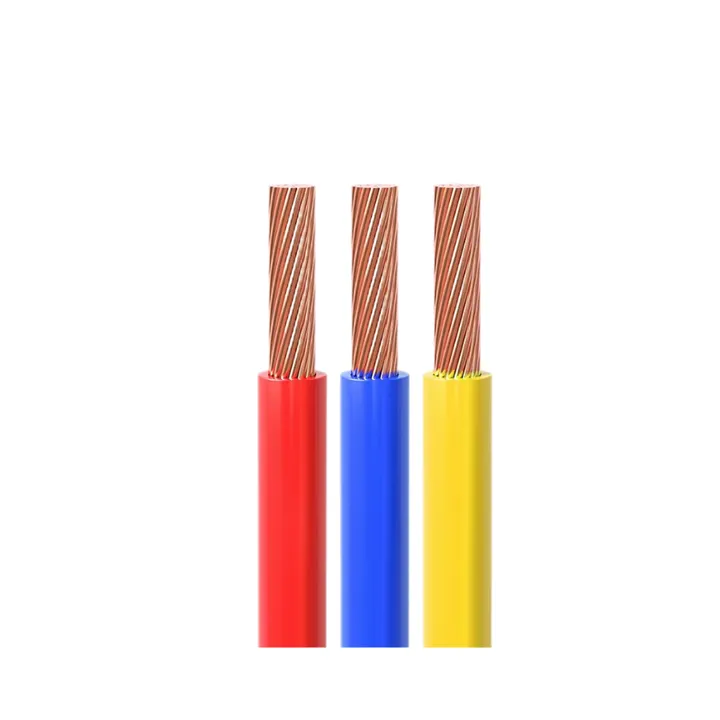
CE Certification 450/750v H07VVF Flexible Copper PVC Insulated Ac Cable 3*2.5 Mm
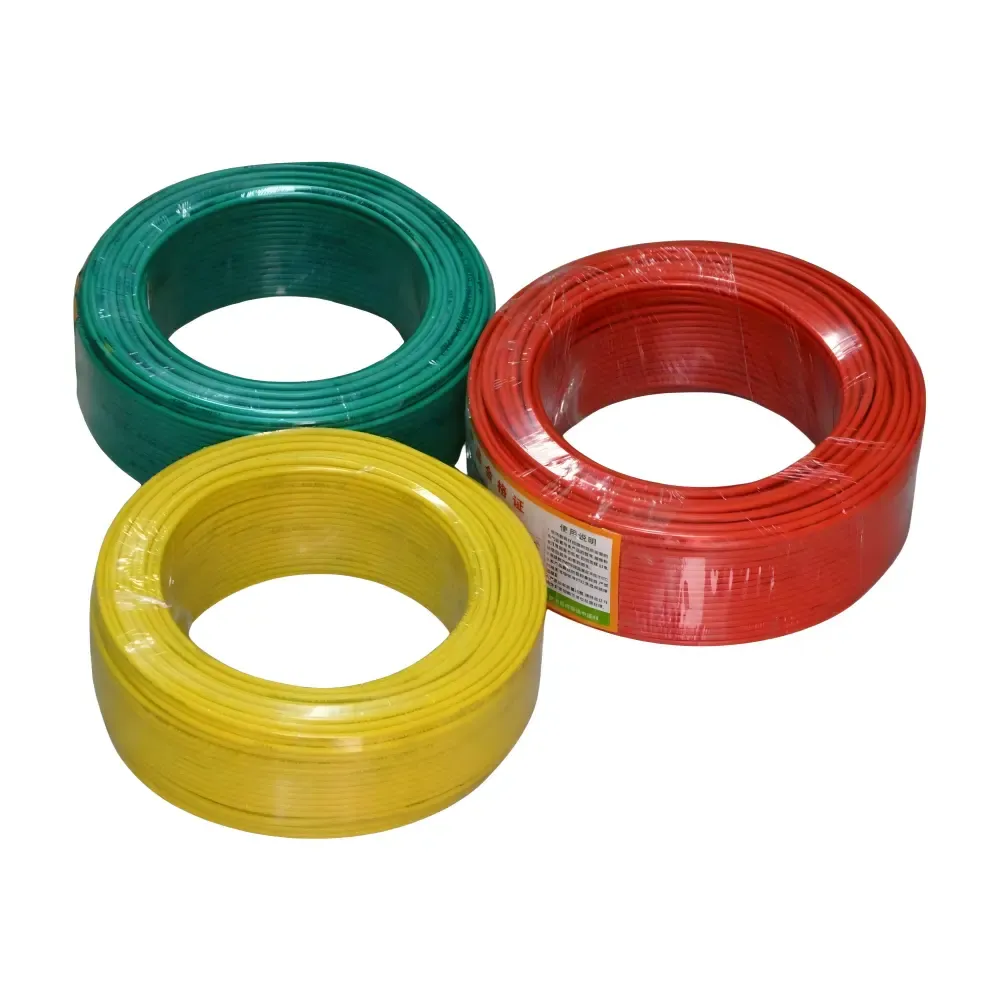
low voltage copper conductor PVC insulation underground BV BVR cable for industr
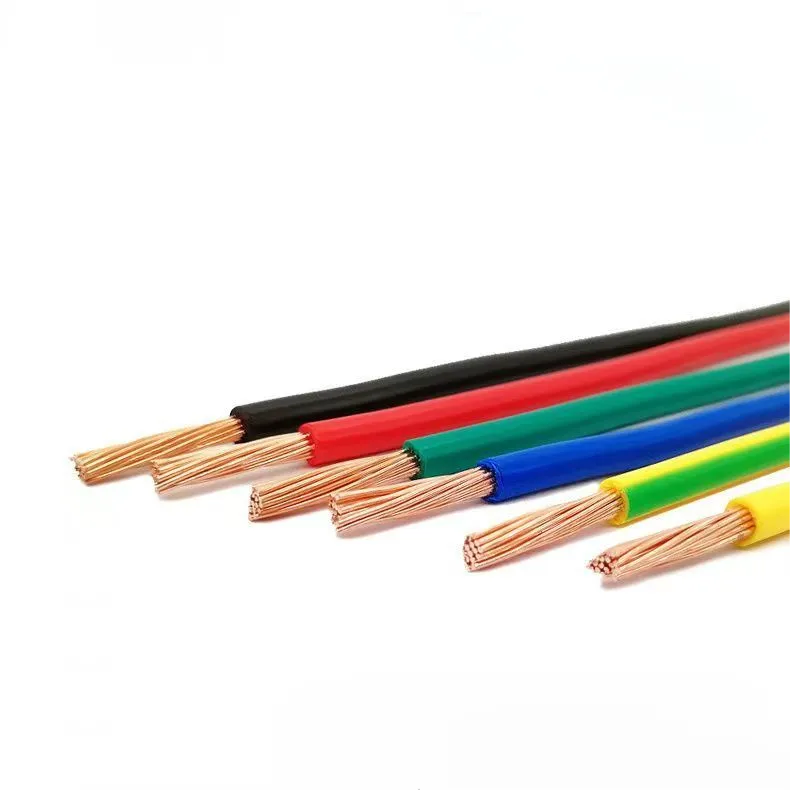
PVC electric wires are one of the most widely used electrical conductors in resi
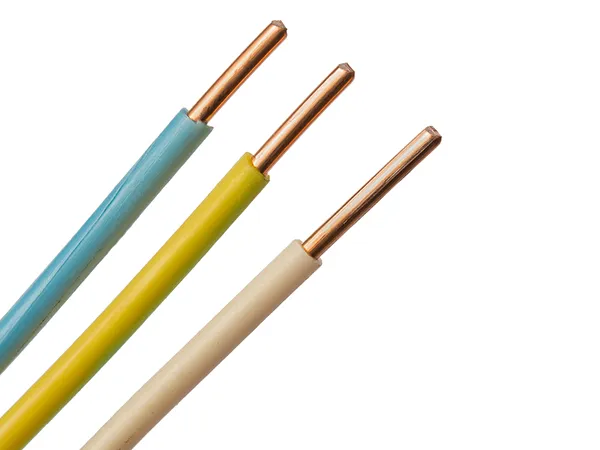
H07V-U wire is a flexible, low voltage electrical wire commonly used in industri